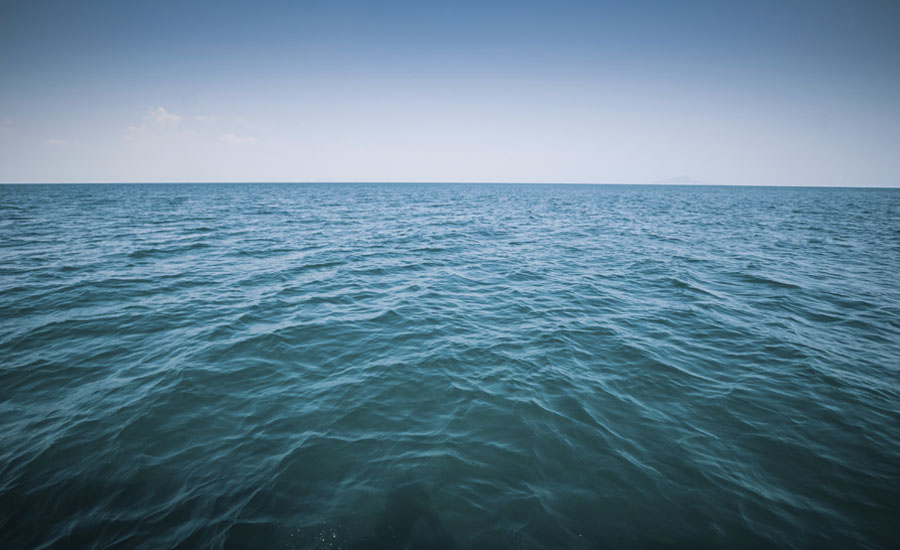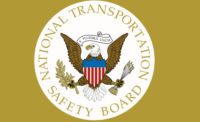The doomed cargo ship that sank in the Bahamas last year has finally yielded up a clue that could help investigators determine exactly how it met its end, taking the lives of its 33 crew members with it.
The voyage data recorder (VDR) from El Faro, a US flagged cargo ship that sank during Hurricane Joaquin in October 2015, was successfully recovered from the ocean floor late Monday evening, in approximately 15,000 feet of water, about 41 miles (36 nautical miles) northeast of Crooked Islands.
The recovery of the capsule caps a 10-month-long effort by the National Transportation Safety Board (NTSB) and its partners to retrieve the recorder, which was designed to record navigational data and communications between crewmembers on the ship’s bridge. Investigators hope the recorder will reveal information about the final hours of El Faro’s voyage and the circumstances leading up to the sinking.
“The recovery of the recorder has the potential to give our investigators greater insight into the incredible challenges that the El Faro crew faced,” said NTSB Chairman Christopher A. Hart, “but it’s just one component of a very complex investigation. There is still a great deal of work to be done in order to understand how the many factors converged that led to the sinking and the tragic loss of 33 lives. I want to thank the dedicated professionals in the many organizations — especially the U.S. Navy, the Coast Guard, Woods Hole Oceanographic Institute, the National Science Foundation and the University of Rhode Island — who worked with NTSB investigators and support staff over three missions in 10 months to make this successful recovery possible,” said Hart.
The mission to retrive the VDR embarked last week from Virginia Beach, Virginia.
During the first mission, in October of 2015, the NTSB conducted an initial search mission to locate the vessel and conduct an initial survey of the debris field. The data collected during that mission was used by investigators to plot “high probability” search zones for the second mission in April, which resulted in the location of the mast and VDR.
This time around, the Military Sealift Command’s fleet ocean tug USNS Apache is expected to arrive at the accident site around todaywas used. Along with the NTSB, the U.S. Coast Guard, the U.S. Navy, and Phoenix International helped with the recovery effort, using CURV-21, a deep ocean remotely operated underwater vehicle to retrieve the VDR and conduct additional wreckage documentation.
“We’re hopeful that the information contained in the voyage data recorder will provide insights into the circumstances of the ship’s sinking,” said Brian Curtis, Acting Director of the NTSB Office of Marine Safety.
The cost for this mission is expected to be $500,000, bringing the total for the three missions to approximately $3 million.



